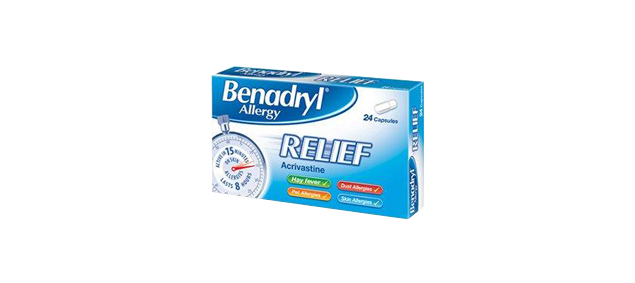Tips for dealing with dogs and cats
If you can’t live without your four-legged friends, make sure you take the following defensive steps to keep allergens to a minimum:


Wipe
Regularly wipe down your dog or cat to remove saliva that is on their fur from grooming themselves.
Watch out for pollen
Wipe down your dog or cat whenever they re-enter the home to remove outdoor pollen from their coat.
Grooming routine
Frequent grooming of your dog or cat – preferably by someone other than you - will also help reduce allergens on their coat.

Sleeping habits
Try to keep your dog or cat out of the bedroom. This will limit your exposure to airborne allergens such as dander. Giving them their own area to eat and sleep, away from bedrooms and living rooms could be a good solution.
Vacuum
Extra attention to vacuuming of the car, furniture, and especially the dog’s or cat’s bed, will help keep the allergens lower.
Avoidance is the most straightforward strategy for managing dog or cat allergies. However, for those who can’t live without their furry friend there is hope. Allergens are found in all dogs’/ cats’ saliva and dander. Although, science proves that there are no hypoallergenic dogs or cats, there are characteristics allergy sufferers can look for:
Size
Smaller dogs or cats leave a smaller allergen footprint by basically emitting less organic matter (i.e., saliva) than bigger pets.

Shedding
– Dogs or cats that shed less release less allergens into the air. All dogs and cats shed, but those who shed their hair or fur less are considered more allergy friendly.
If you are still suffering you may require medication.Find out more about the allergy treatment options available to you.

Want allergy relief?
Take the quiz to find the right product to help treat your allergy symptoms.
